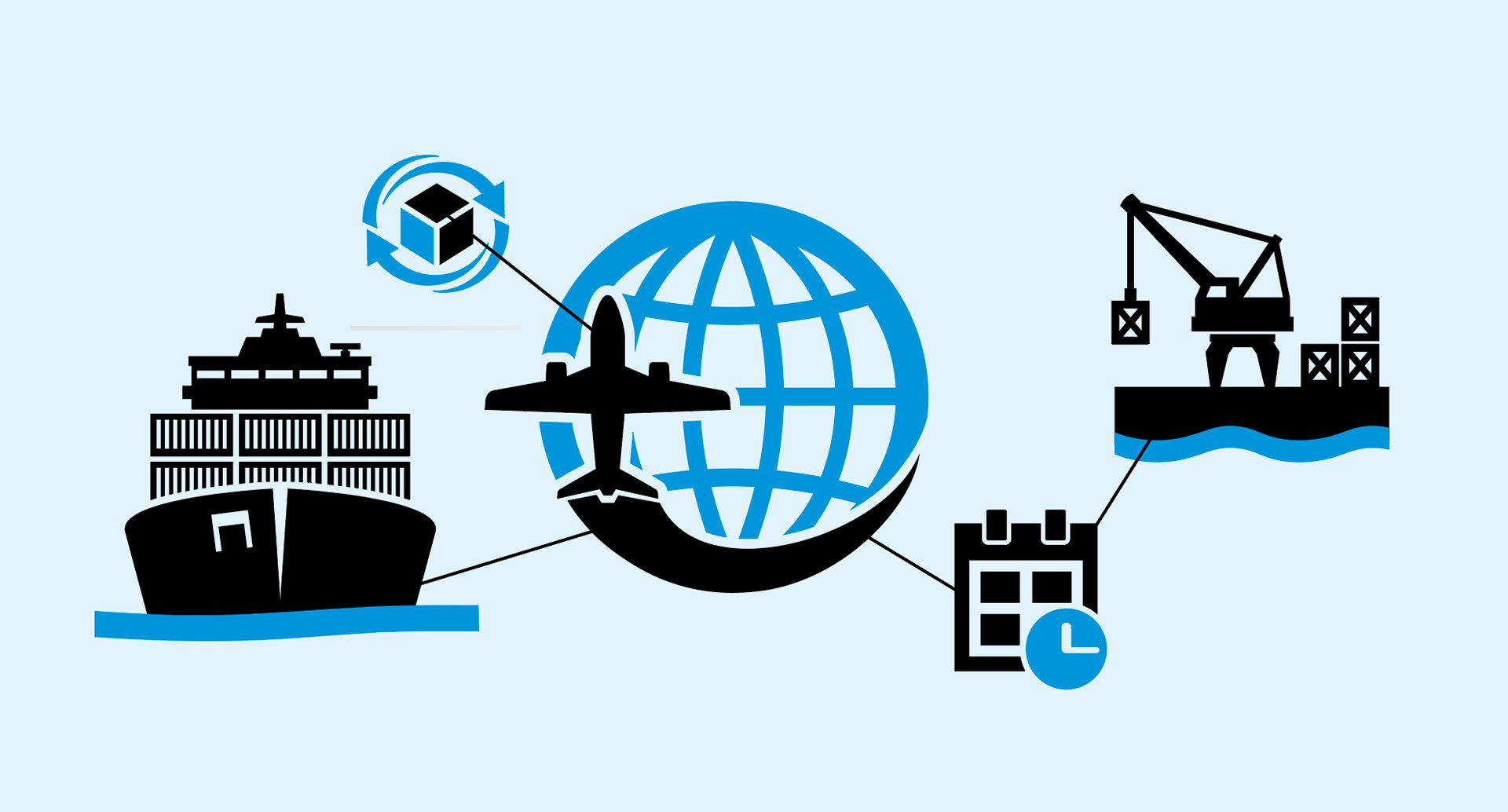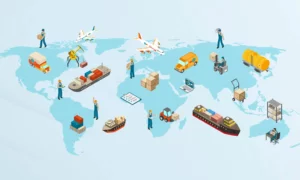In an increasingly interconnected world, global supply chains are pivotal to the success of businesses. However, these supply chains face a myriad of challenges, ranging from geopolitical tensions and trade disputes to natural disasters and pandemics. These issues can disrupt the flow of goods and services, leading to increased costs and reduced efficiency. Understanding and navigating these challenges is essential for maintaining a robust and responsive supply chain.
What is a global supply chain?
A global supply chain refers to the network of entities, activities, and operations involved in the production and distribution of goods and services on a worldwide scale. It encompasses the entire process from the sourcing of raw materials to the delivery of finished products to end consumers, crossing international boundaries.
Key aspects of a global supply chain include:
- International Sourcing and Procurement: This involves acquiring raw materials, components, or services from suppliers located in different countries. Global sourcing aims to capitalize on cost efficiencies, quality, or specific capabilities that are available in various regions of the world.
- Cross-Border Manufacturing and Production: Manufacturing in a global supply chain often takes place in multiple countries, each chosen for specific advantages like lower labor costs, technological expertise, or proximity to key markets. This can involve complex processes where different stages of production occur in different countries.
- Global Logistics and Distribution: This includes the transportation and storage of goods across international borders, often involving multiple modes of transport (like ships, planes, trains, and trucks) and the management of import/export regulations and customs processes.
- Supply Chain Coordination and Management: Efficiently managing a global supply chain requires sophisticated coordination of various activities and entities. This involves supply chain planning, demand forecasting, inventory management, and ensuring timely and synchronized flow of materials and products.
- Regulatory Compliance: Global supply chains must comply with a myriad of international, regional, and local regulations related to trade, environmental standards, labor practices, and safety norms.
There are many key components within a global supply chain, and managing each part can become a daunting and complex process.
Building Resilient Supply Chains
Resilience is key to navigating the complexities of global supply chains. This involves developing strategies that allow supply chains to adapt and recover swiftly from disruptions. Resilient supply chains often incorporate redundancy, flexibility, and strong contingency planning. By investing in resilience, businesses can reduce the impact of disruptions, ensuring continuity and reliability in their operations.
The Role of Technology in Supply Chain Management
Technology plays a critical role in enhancing the efficiency and transparency of supply chains. Advanced technologies like AI, blockchain, and IoT provide real-time data, predictive analytics, and improved traceability. These technologies enable better decision-making, optimize logistics, and enhance visibility across the supply chain, making it easier to identify and respond to potential disruptions.
Diversifying Suppliers and Risk Management
Diversification of suppliers is a strategic approach to mitigate risks in global supply chains. By spreading sourcing across multiple geographies and suppliers, companies can reduce their dependency on any single source, thereby minimizing the impact of regional disruptions. Effective risk management also involves regular assessment of supply chain vulnerabilities and the development of robust risk mitigation strategies.
Sustainable and Ethical Sourcing
Sustainable and ethical sourcing is becoming increasingly important in global supply chain management. This approach focuses on environmental stewardship, social responsibility, and ethical business practices. By prioritizing sustainability, companies not only contribute to the well-being of the planet and society but also align with the values of consumers and stakeholders, enhancing their brand reputation and competitiveness.
Effective Communication and Collaboration
Effective communication and collaboration among all stakeholders are vital for the smooth functioning of global supply chains. This involves establishing clear communication channels and collaborative platforms where suppliers, distributors, and customers can share information and coordinate effectively. Collaboration can lead to more innovative solutions to supply chain challenges and contribute to stronger, more integrated supply networks.
The Future of Global Supply Chains
The future of global supply chains is likely to be shaped by continued technological innovation, increased focus on sustainability, and greater resilience to external shocks. The ongoing digital transformation will enable more agile and responsive supply chains. Additionally, the growing emphasis on sustainability will drive more eco-friendly and socially responsible supply chain practices.
Conclusion
Navigating the complexities of global supply chains requires a multifaceted approach. Building resilience, leveraging technology, diversifying suppliers, focusing on sustainable and ethical sourcing, and fostering effective communication and collaboration are all key strategies. As the global business landscape continues to evolve, adapting these strategies will be crucial for businesses to thrive and maintain competitive supply chains in a dynamic and challenging environment.

































